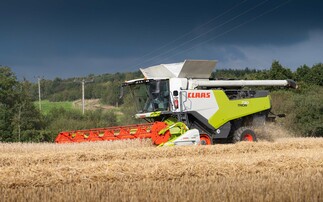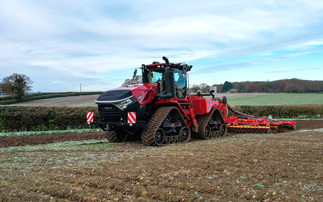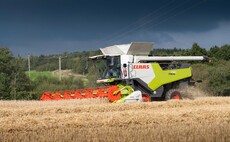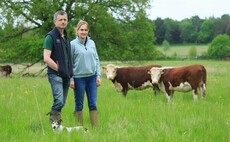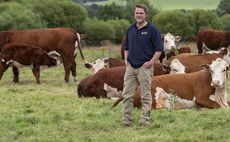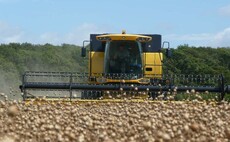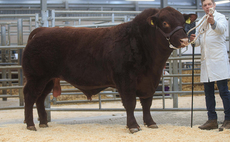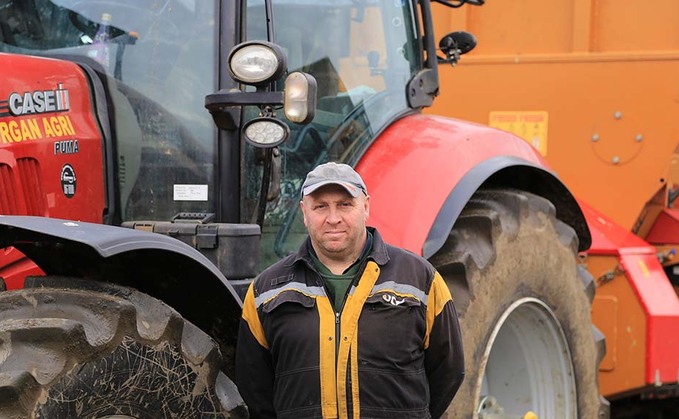
With a large muck and slurry spreading workload, one Leicestershire farmer and contractor has turned to side discharge spreading as a more versatile option. Alex Heath finds out more.
For farmer and contractor John Pierce, based near Leicester, spreading solid and liquid manure makes up a large part of the 340-hectare farm's workload, in addition to catering for customers of his Morgan Agri contracting business.
With plots of land spread far and wide around the 97ha homestead, managing slurry and its application has always posed a challenge.
While traditional vacuum tankers are used and remain a vital part of the business' spreading arsenal, most slurry produced by the farm and Mr Pierce's contracting customers is now spread with a pair of Richard Western SDS36T side discharge spreaders.
Mr Pierce says: "Our home farm is based around 330 dairy cows, milked through a 40-point rotary. However, we are transitioning away from the parlour to robots, with five now installed and three more due to go online in the early part of 2021.
"In addition, we rear heifers and fatten cattle, taking the total head count to about 740 animals, spread across two farms.
"Most of our own slurry passes through a weeping wall, with the liquid section tanked. But the solids, still with a high moisture content, are spread with the Richard Western spreaders."
Familiar with most of the major spreading brands, Mr Pierce has a 30-year history of spreading animal and anaerobic digestion by-products across the country.
Factors
He says the decision to opt for side discharge spreaders was down to a number of factors, but the most important was the versatility they offer.
Mr Pierce says: "We started doing more work for sand-bedded dairy units and, by the end of the day, the tankers would be running at nearly half capacity as two foot of sand would settle in the bottom.
"That sand would then need to be shovelled out. Coupled to the wear on stirrers and pumps for umbilical systems, a change of direction was needed.
"We have been spreading for three decades and used most brands. When we were looking at the side discharge spreaders, the Western stood out for a number of reasons, not least the ability to fit twin axles and its 16-tonne payload."
Able to spread as evenly and accurately as a tanker, Mr Pierce says there is a knack to getting the spreaders performing well.
He says: "The biggest factor which will affect the spread pattern is the wind. The operator has to be aware of its direction and use it to their advantage.
"With the right operator on board, the spread can be very even across the field. Opening the door gently also helps to not overload the rotor."
The door opens vertically, another benefit of the Richard Western spreaders, according to Mr Pierce.
"It allows the full width of the 1,500mm-wide rotor to be used. Some of other spreaders open horizontally, meaning only a small section of the rotor is being used. Opening vertically also allows more precise flow control, enabling us to spread up to 16 metres with them."
Mr Pierce says one spreader has had a new set of teeth plates on its rotor, while the other is still on its original set.
Drive to the rotor comes from the pto and is transferred by a series of chains and sprockets, with a spring-loaded tensioner keeping the chain tight.
This is one area Mr Pierce would like to see improved, as one of the tensioners failed in the past, causing the sprocket to be ground down. It is a potential issue he now frequently checks for.
He also says the protective shrouding around the drive shaft for the rotor is susceptible to muck ingress and needs to be better sealed.
Apart from these minor issues, Mr Pierce says the spreaders have been reliable and hassle-free, a feat considering the conditions and material they work with.
Loading of the spreaders is typically done with a 360 excavator or the farm's JCB 435S loading shovel.
Four bucketloads of sloppy muck from the loading shovel brim the 16,363-litre spreader body.
Transport down the road is not an issue, says Mr Pierce, with baffle boards on the front, sides and rear stopping any sloshing.
The suspension system also helps, he says. "The spreaders tow just like a trailer on the road, with the leaf spring bogie suspension effective at reducing bumps.
"It comes into its own in the field; as one wheel starts to sink it puts more pressure on the other to even out the load."
From a ride quality perspective, Mr Pierce says a twin axle setup is far superior to a single, but he was concerned about the rolling radius of having smaller diameter tyres, having experienced difficulty in the past when harvesting maize using trailers.
However, he says he has been pleasantly surprised with their performance.
"The twin axle is kinder on the ground and with the 650/55 R26.5 tyres fitted there is a large contact patch. I am also impressed with the clearance between the two tyres; there is no way you would get that bunged up, no matter how sticky the ground is."
He says it is now a matter of convincing customers that using the spreaders is a more efficient way of transferring slurry from the pit to fields.
He says: "We have eight or nine customers who have us in with these spreaders now. These are a mix of those which used to have us in with tankers or had their own smaller side discharge spreaders, but since we are able to hold up to four times the amount compared to the smaller single axle spreaders, we are a lot quicker at shifting the slurry."
Although not designed to handle and spread strawy muck, with a bit of patience they will spread it, says Mr Pierce.
In addition, the spreaders will also handle slurry with long silage incorporated, as found on beef farms, he adds.
"Compost and sludge are also easily dispensed, making them a versatile addition to the fleet."
Primarily pulled behind JCB Fastrac 4220 or Case IH Puma 240 tractors, Mr Pierce says the tractors and implements are well matched. If the fleet is stretched, he says a Puma 150 can pull them at a push.
Overall, Mr Pierce says the spreaders are a valuable asset to the farm and contracting business. Having had more than two years of service out of them, spreading up to 10,000cu.m of slurry, he reports reliability has been good, with only minor issues.
As more farms turn to spreading slurry rather than tanking it, he plans on expanding the side discharge spreader fleet with a third model next year.
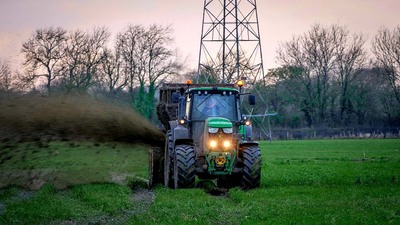
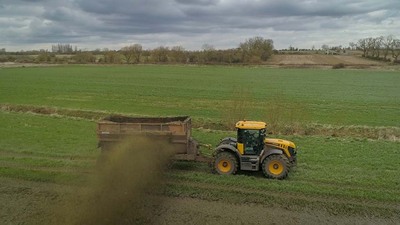
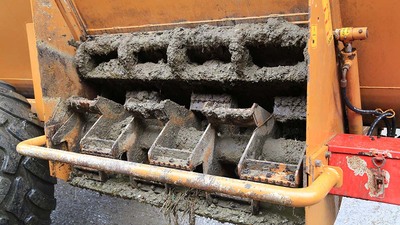
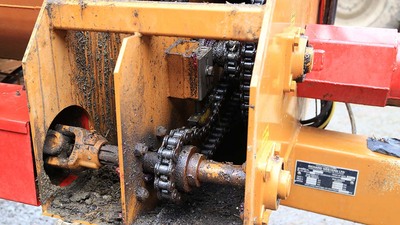
Spreading fleet
- One Bunning 180HD rear discharge spreader
- Two Bunning 150HD rear discharge spreaders
- Two Bunning 150HBD rear discharge spreaders
- Three HiSpec 4000 TD-S tankers
- One HiSpec 4500 TRI-S tanker
- Two Richard Western SDS36T side discharge spreaders










